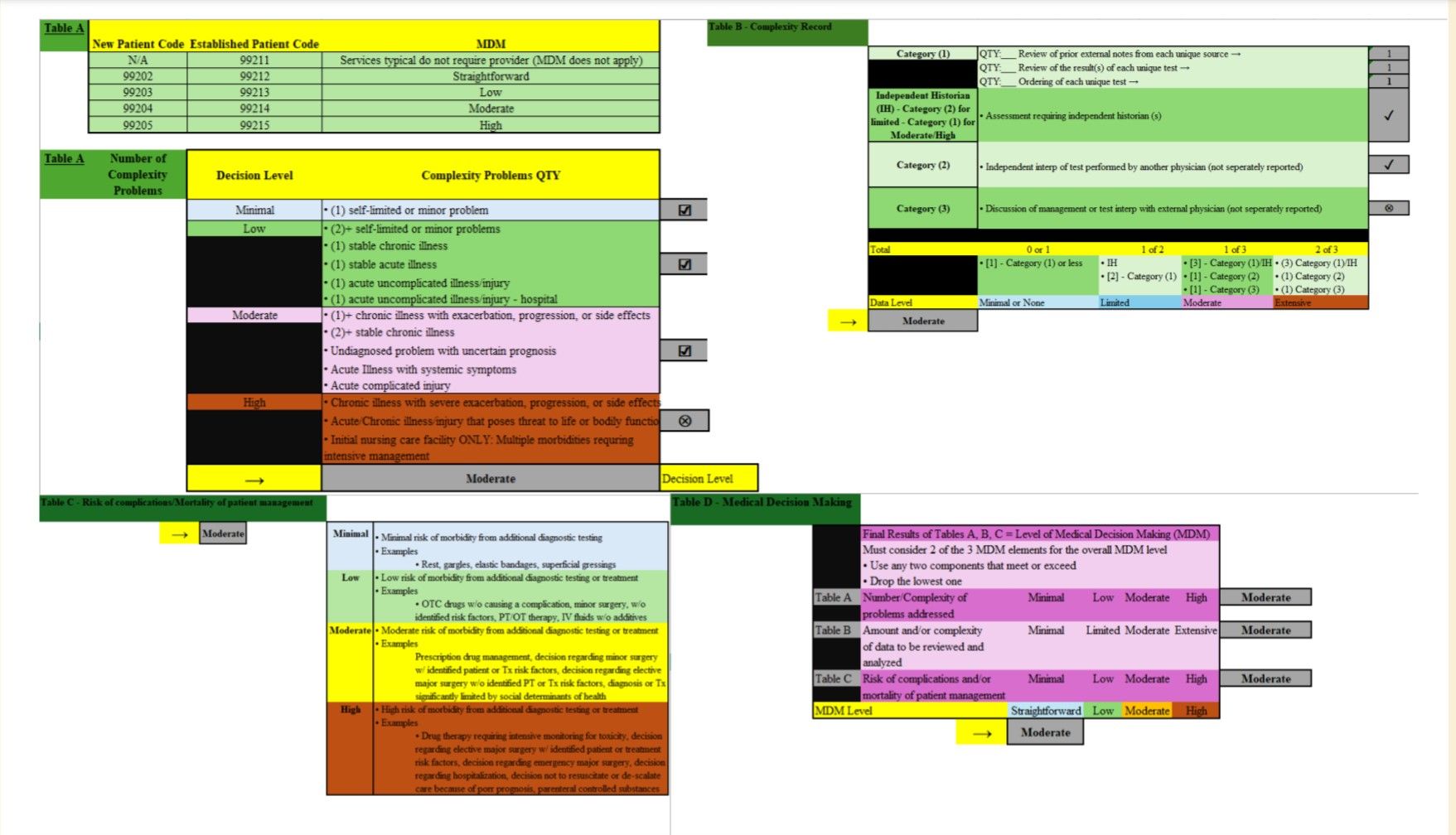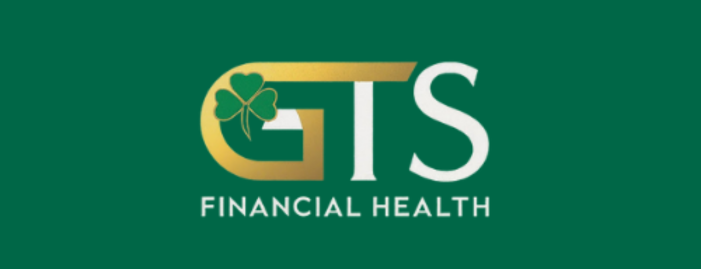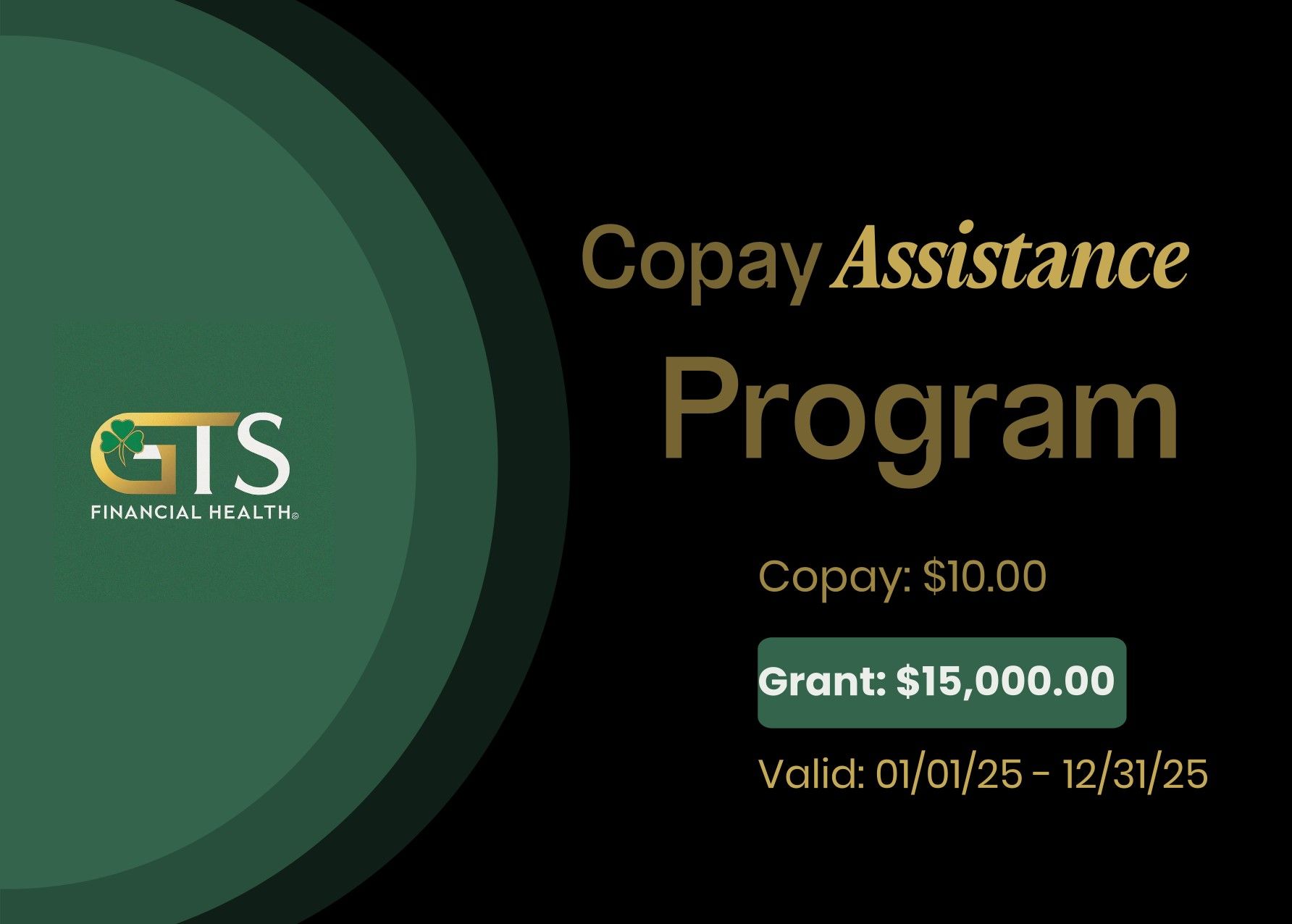Private Equity's Influence on U.S. Healthcare: A Pressing Concern Requiring Immediate Attention
Guy T. Sullivan Jr • September 05, 2024
The Centers for Medicare and Medicaid Services (CMS) are ramping up efforts to combat fraud, waste, and abuse in healthcare. Their nationwide strategies could easily trigger a recovery payment audit for providers and facilities. That's why it's critical to have a comprehensive and up-to-date compliance work plan in place.

The 7 Essential Elements of a Compliance Work Plan
The Office of Inspector General (OIG) recommends seven key elements that every compliance plan should cover:
- Written Policies, Procedures, and Standards of Conduct: Clearly outline expectations for ethical behavior and adherence to regulations.
- Designated Compliance Officer/Committee: Assign responsibility for overseeing and implementing compliance efforts.
- Regular Staff Training and Education: Ensure everyone understands their role in maintaining compliance and continuing education.
- Effective Lines of Communication: Establish channels for reporting concerns and fostering open dialogue.
- Enforced Disciplinary Guidelines: Make it clear that non-compliance will have consequences.
- Internal Monitoring and Auditing: Regularly assess your practices to identify and address potential risks.
- Prompt Response and Corrective Action: Develop a plan for handling recovery payment requests and resolving issues.
Proactive Tools for Avoiding Audits
Two powerful tools can help you stay ahead of the curve and avoid costly audits:
- Medical Decision Making (MDM) Tracking: MDM tracking charts can help ensure proper evaluation and management (E/M) services coding. Inappropriate upcoding is a common red flag that can attract unwanted attention.
- RAT-STATS: This free software from the OIG uses random claim sampling to generate utilization reports. Comparing your billing to the national average for your specialty can reveal any potential outliers. Aim to keep your full sample size variance under 10% and discovery sample size variance under 5% to minimize audit risks.
Don't Wait – Prepare Now
A proactive and solid compliance plan is the best way to protect your practice. By utilizing tools like MDM tracking and RAT-STATS, you can gain valuable insights into your billing patterns and ensure compliance with regulations.
Need Help?
If you need assistance developing or reviewing your compliance work plan, don't hesitate to seek expert guidance. The investment in compliance is far less than the potential cost of an audit.
Medical Decision Making (MDM) Tracking: The custom Excel tables in this project were developed based on data presented in the following tables from the listed source.

Sources:
- “Work Plan Office of Inspector General U.S. Department of Health and Human Services.” Oig.hhs.gov, oig.hhs.gov/reports-and-publications/workplan/.
- Centers for Medicare and Medicaid Services . “Centers for Medicare & Medicaid Services.” Cms.gov, 4 Jan. 2020, www.cms.gov, https://doi.org/99908.
- 2024 Official Study Guide Medical Auditing Training: CPMA Certification. edited by American Academy of Professional Coders, 2024th ed., 2233 South Presidents Dr. Suite F, Salt Lake City, UT 84120, American Academy of Professional Coders, 3 Nov. 2023, pp. 26–30. Accessed 1 July 2024.
The custom Excel tables in this project were developed based on data presented in the following tables from the listed source.
Disclaimer:
The content provided on this blog is for informational purposes only and is based on the author's opinions and interpretations of healthcare news and policies. It is not intended to be a substitute for professional legal or financial advice.
The information presented here is not comprehensive and may not apply to your specific situation. Always consult with contracted qualified professionals, such as attorneys, accountants, or insurance brokers, for advice tailored to your individual needs.
The author of this blog is not responsible for any actions taken or not taken based on the information presented here. The information may not be up-to-date and is subject to change without notice.
By using this blog, you agree that you are solely responsible for how you use the information provided. You also agree to hold the author harmless from any liability arising from your use of the information.






